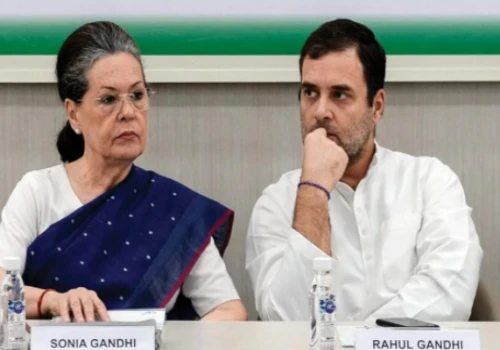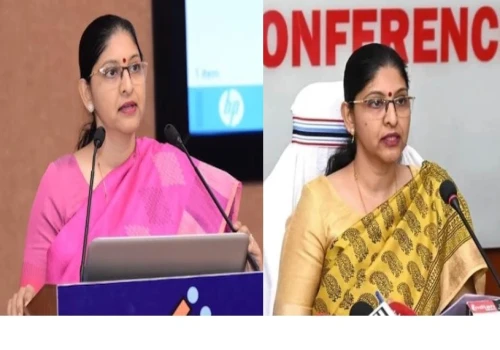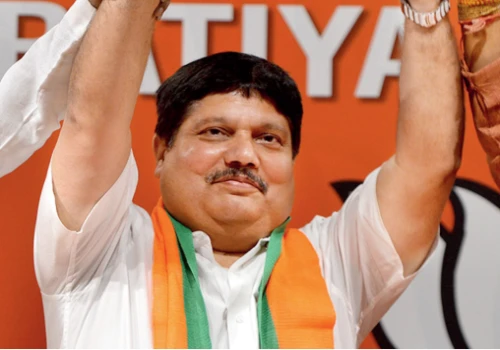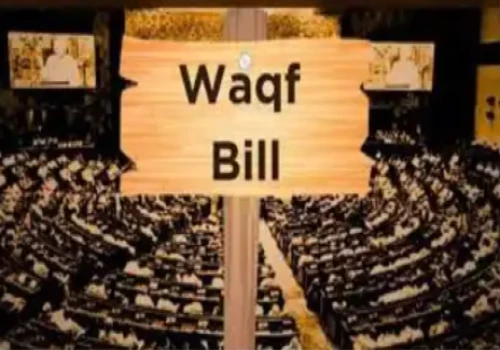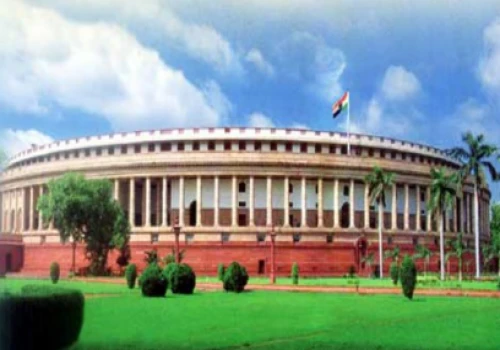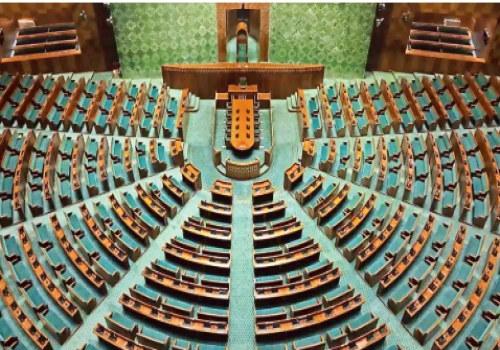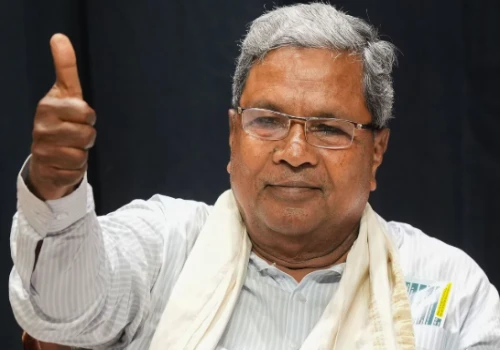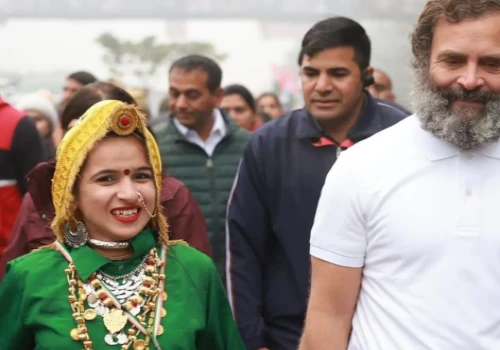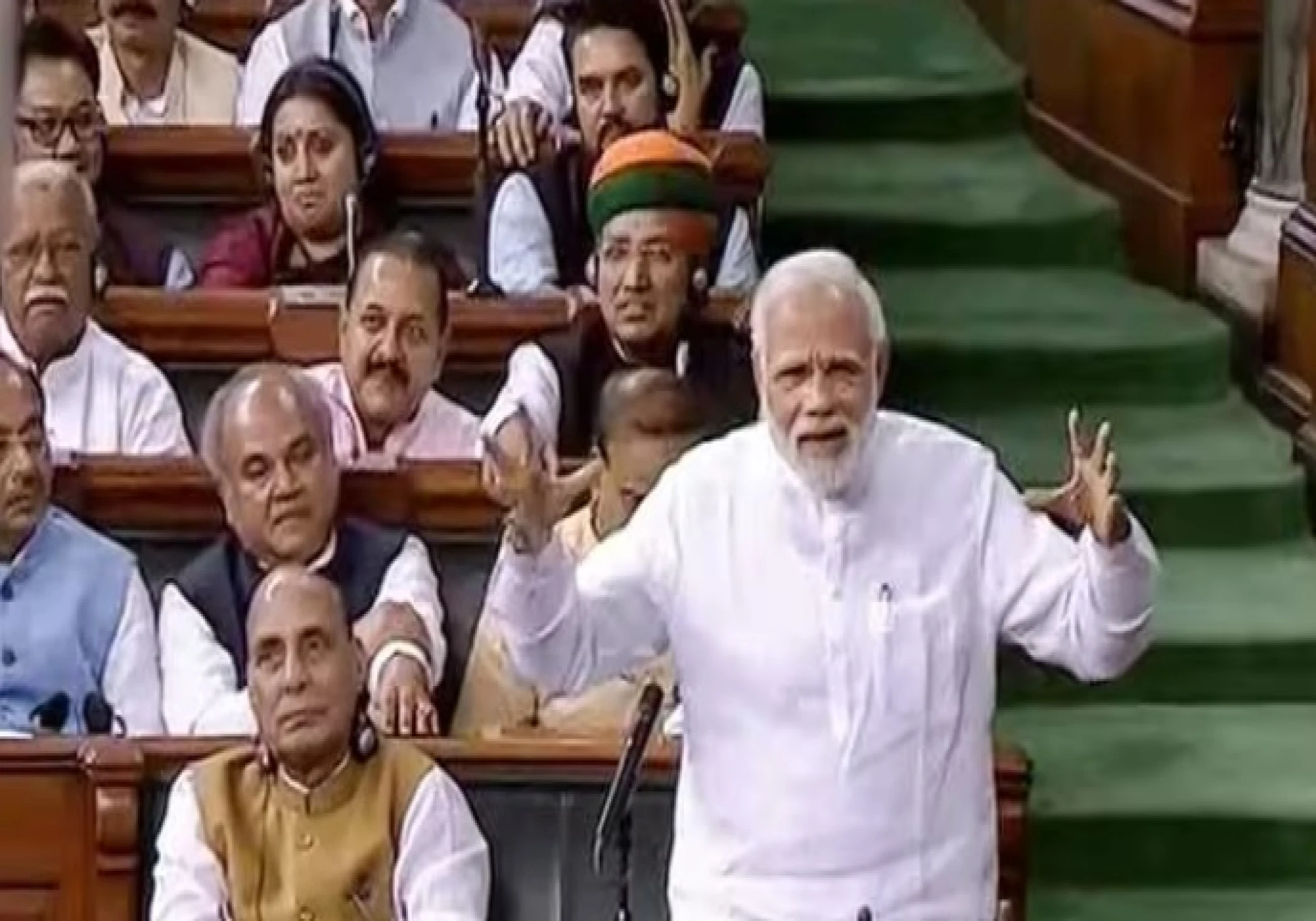
What is No-confidence motion ?
It is a parliamentary procedure in which opposition parties present a confidence proposal to the speaker of Lok Sabha against the current government, which, if accepted and supported by a majority of voters in Lok Sabha, forces the government in power to resign.
Process for initiating No-Confidence Motion
1st stage
A Written Notice - Party members who intend to propose this motion must provide a written notice to the speaker of the Lok Sabha, as well as the support of other party members. This motion may be introduced by any Lok Sabha member, whether in opposition or in government.
2nd stage
Debating- If the speaker of the Lok Sabha accepts the submission of a confidence motion, the speaker grants the right to set a period for the debate of this motion under Lok Sabha Rule 198.
3 stage
Voting - At the moment, there are 243 members in Lok Sabha. If half of the members, or roughly 271, support the move, the government must resign; but, if 271 members reject the motion, the government will not break.
The History of No-confidence motion
After losing the 1962 war to China, Congress leader Acharya Kripalani introduced the first no-confidence vote against Prime Minister Jawaharlal Nehru in August 1963. This motion, however, was defeated.
Indira Gandhi as Prime Minister faced this motion for 15 times.
Narasimha Rao was had to face three times. Morarji Desai faced it twice, and Jawaharlal Nehru, Atal Bihari Vajpayee, and Narendra Das Modi faced it once each. The last no-confidence motion was filed against PM Modi's government in 2018 citing policy issues.
No-confidence motion in 2023
On July 26, the Speaker of the Lok Sabha accepted a confidence motion proposed by the I.N.D.I.A. and other opposition parties in response to the Manipur violence.
Who won the No-Confidence Motion - in 2023, Prime Minister Narendra Modi responded in parliament to this motion by telling the speaker, Om Birla, that the opposition parties had not prepared well.


